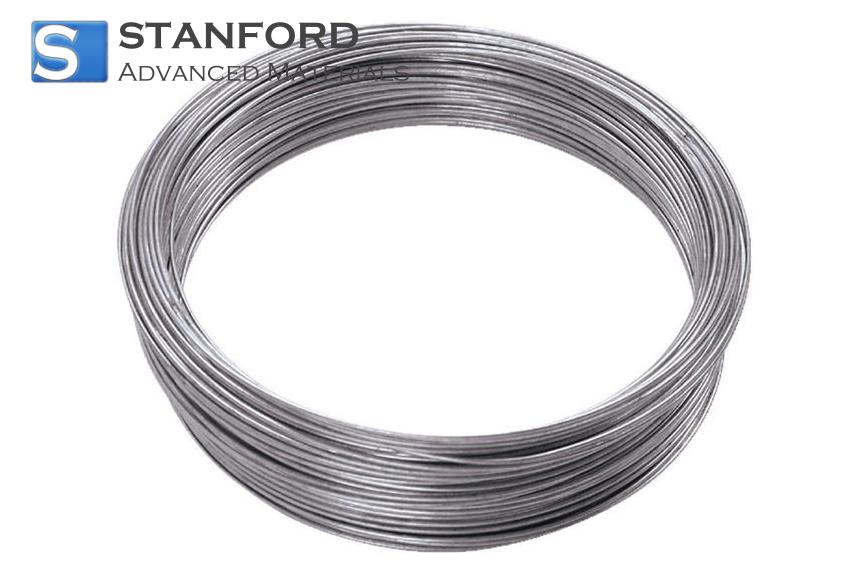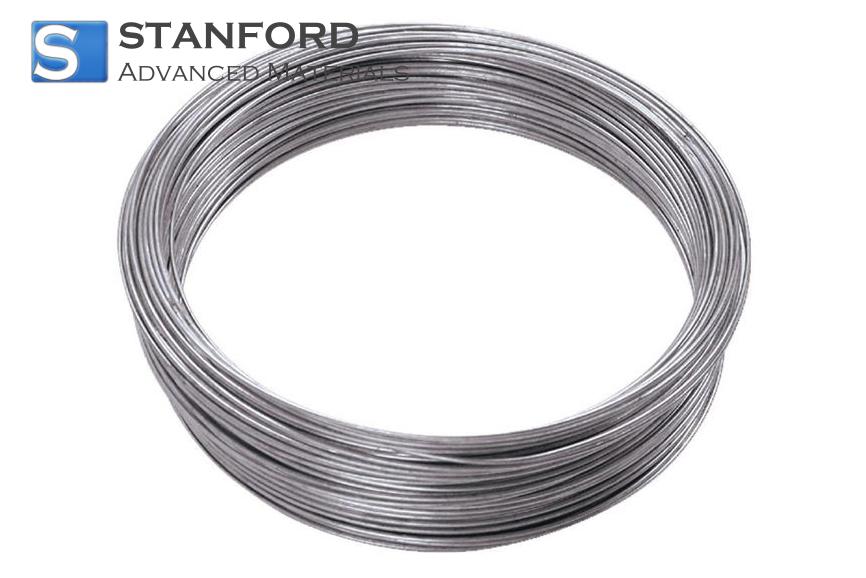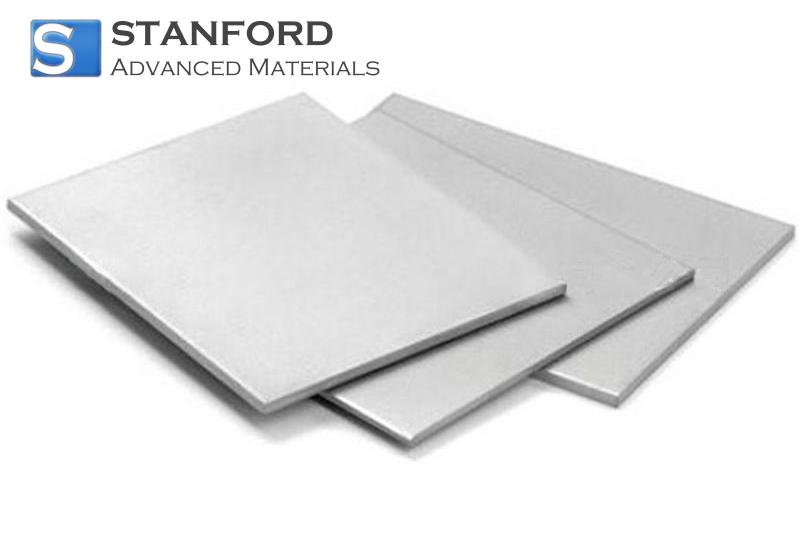Advanced Vanadium Powder Made Next-Generation VRFB Materials
Introduction
Vanadium redox flow batteries represent a promising component of our energy future. They exhibit long cycle life and safe operation. Vanadium powders utilised in our battery systems can be refined to enhance performance.
Fundamentals of Vanadium Redox Flow Batteries
Vanadium redox flow batteries employ liquid electrolytes. The battery stores energy in the form of vanadium ions. These ions interchange their oxidation state to store or release electricity. The battery comprises two tanks connected via a flow system. When energy is required, the fluid circulates through a cell stack where the reaction produces electricity.
This structure has several advantages. The batteries are easily scalable by increasing the sizes of the tanks. They have low safety risks because the liquids are contained. Under standard conditions, a vanadium battery can endure over 10,000 cycles. They are employed in grid storage programmes in many countries. Companies typically provide examples of situations where these batteries stabilise renewable energy supply. The method is tested and confirmed to be safe and effective.
Vanadium Powder as Source Material
Vanadium powder also constitutes an essential part in the production of these batteries. The powder is a source material for vanadium electrolyte. The powder establishes the purity and performance of the final battery. In most cases, higher grade vanadium powder yields a more stable battery reaction. For example, research indicates that 99.5% pure vanadium powder has enhanced battery efficiency in comparison to lower grades of powders.
At the manufacturing level, raw vanadium ore is utilised. That raw vanadium ore is processed into powder. Then the powder undergoes further processing to realise the required oxidation states needed in the battery reaction. A good example is the utilisation of vanadium pentoxide (V2O5). That is reduced to generate the lower oxidation states. In our research, purification methods such as calcination and reduction are common.
Evidence indicates that careful treatment of vanadium powder increases the surface area and reactivity. Increased reactivity leads to higher rates of movement for vanadium species during discharge and charge. In practical cases, laboratory reports from battery labs demonstrated higher efficiency by as much as 5% with highly optimised vanadium powders. Such evidence suggests that improved powders directly impact overall battery performance.
Advanced Vanadium Powder Material Types
Multiple types of vanadium powder are utilised today. There are powders that are chemically purified and those produced through physical methods. One of these is high-purity vanadium oxide powders. Such powders exhibit a homogeneous chemical composition. These types produce consistent battery reactions and are generally found in large research laboratories.
Another form is mechanically milled vanadium powder. Mechanical milling breaks down particles to a very fine extent. This increases the surface area available for chemical reactions. In some real-world examples, this fine powder improved reaction transmission rates, which affects battery function over a large number of cycles.
Additives are employed in certain high-tech materials. The particle shape and size are regulated by the use of additives. Spherical particles contribute to more stable battery performance. A particular instance in a battery factory highlighted that adding nanostructured additives reduced particle agglomeration. This resulted in higher current densities when utilised and more stable battery performance.
Both chemically created and mechanically purified vanadium powders are significant. Each serves a specific function to enhance the properties of the electrolyte. The appropriate one to utilise would be determined by the application requirements and the design of the battery system. In summary, better powders yield better vanadium systems.
Conclusion
New vanadium powder materials hold great promise for the forthcoming generation of vanadium redox flow batteries. They assist in enhancing the chemical reactions that are crucial for energy storage. Incremental improvements in processing are already delivering better performance and longer battery life. Minor adjustments to the powder clearly produce a significant impact.
Frequently Asked Questions
F: What are vanadium redox flow batteries used for?
Q: They are employed in energy storage and backup power systems on a large scale.
F: Why is vanadium powder purity important?
Q: High purity enhances battery stability and efficiency during discharge and charge.
F: What is the benefit of mechanical milling?
Q: It increases surface area, thereby increasing reaction rate and battery performance.

 Bars
Bars
 Beads & Spheres
Beads & Spheres
 Bolts & Nuts
Bolts & Nuts
 Crucibles
Crucibles
 Discs
Discs
 Fibers & Fabrics
Fibers & Fabrics
 Films
Films
 Flake
Flake
 Foams
Foams
 Foil
Foil
 Granules
Granules
 Honeycombs
Honeycombs
 Ink
Ink
 Laminate
Laminate
 Lumps
Lumps
 Meshes
Meshes
 Metallised Film
Metallised Film
 Plate
Plate
 Powders
Powders
 Rod
Rod
 Sheets
Sheets
 Single Crystals
Single Crystals
 Sputtering Target
Sputtering Target
 Tubes
Tubes
 Washer
Washer
 Wires
Wires
 Converters & Calculators
Converters & Calculators
 Write for Us
Write for Us



 Chin Trento
Chin Trento



